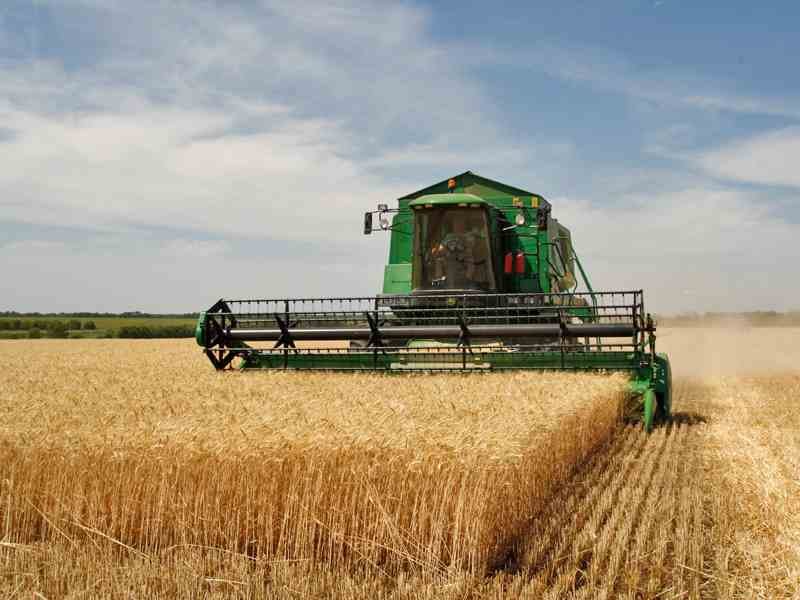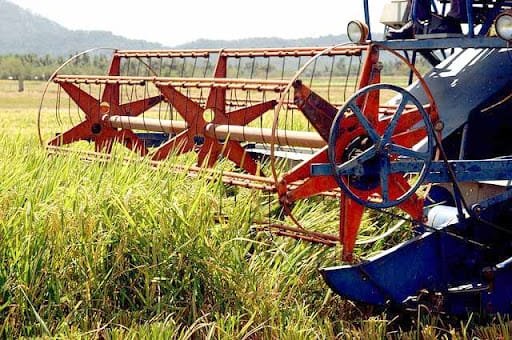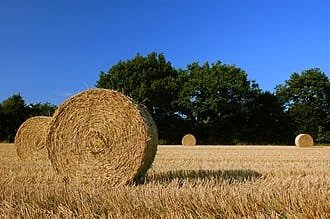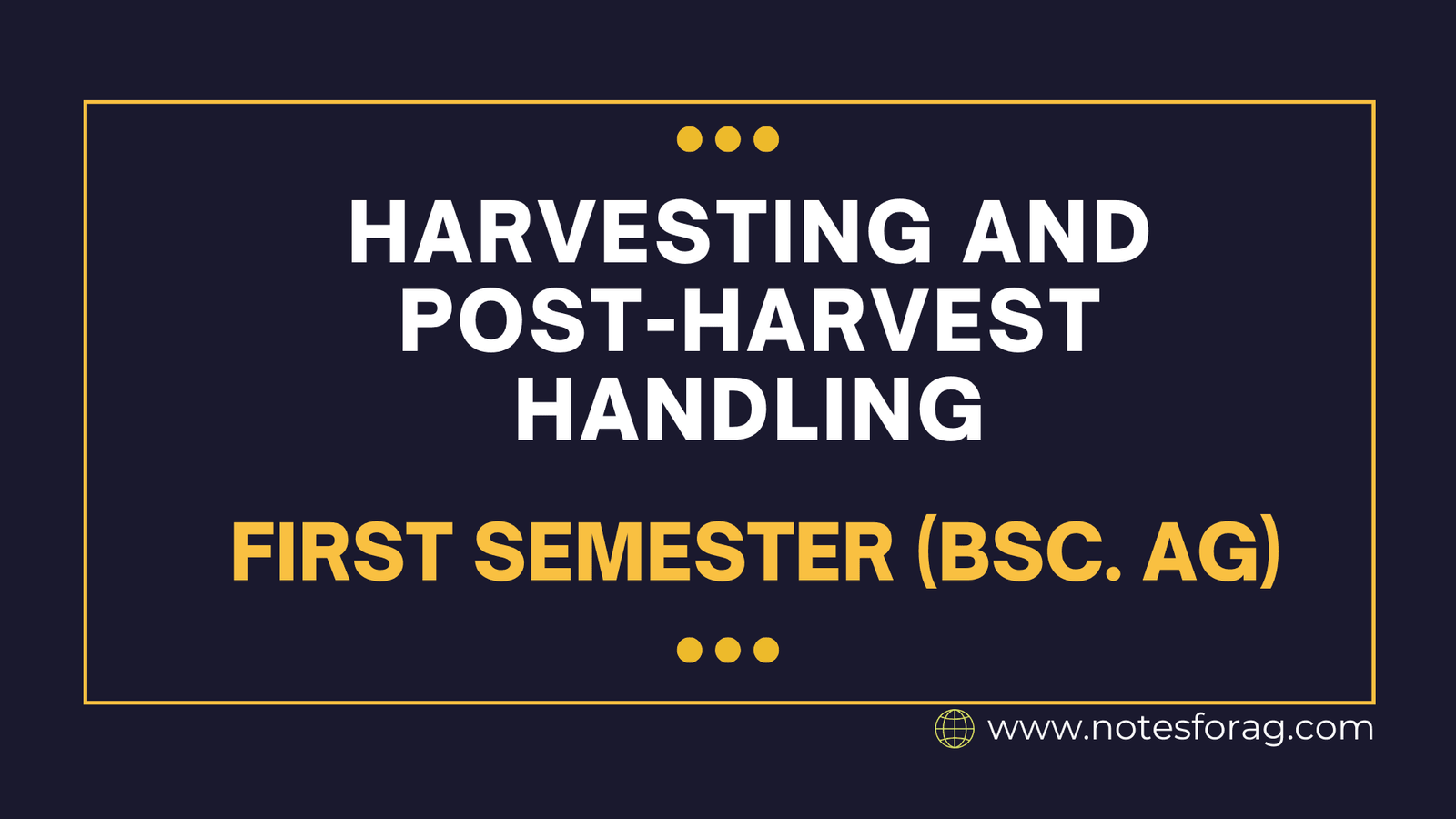Harvesting and post-harvest handling are crucial stages in crop production that significantly affect yield, quality, and profitability. Proper techniques ensure minimal losses, maintain nutritional value, and increase marketability. This article explores key factors for optimal crop management during and after harvesting.

Table of Contents
1. Harvesting: The First Step to Quality Produce
Harvesting is the process of gathering mature crops from the field. It involves several key considerations to ensure high-quality yields.
1.1. Timing of Harvesting
Harvesting at the right time is critical for maintaining crop quality. Too early harvesting can result in immature crops that lack proper taste, texture, and nutritional content, leading to reduced market value. On the other hand, delayed harvesting can lead to over-ripening, spoilage, or pest infestation, which affects storage and transportability. Different crops require specific timing for harvest.
Cereals: Should be harvested when grains are fully mature, and moisture content is low (usually between 12-14%) to prevent fungal infections and storage losses. Delayed harvesting can cause shattering losses, where grains fall off the plant before collection.
Fruits and Vegetables: Should be picked at peak ripeness to ensure good taste, texture, and nutrient content. Some fruits, like bananas and tomatoes, can be harvested slightly unripe to allow ripening during storage and transportation.
Root Crops: Should be harvested before they become overgrown and lose their nutritional value. Delayed harvesting may cause toughened texture and loss of moisture, making them less palatable.
1.2. Harvesting Methods

The method of harvesting directly influences efficiency, crop quality, and labor requirements.
Manual Harvesting: This is done using human labor and simple tools like knives, sickles, and shears. It is commonly used for delicate crops like fruits, vegetables, and flowers. Manual harvesting ensures careful handling, reducing mechanical damage, but it is labor-intensive and time-consuming.
Mechanical Harvesting: This method uses machines like combine harvesters for grains, potato diggers for tubers, and automated fruit-picking machines. While it increases efficiency and reduces labor costs, it may cause bruising or wastage, particularly for fragile crops like soft fruits.
1.3. Tools and Equipment
Using the right tools minimizes damage and improves efficiency. Properly maintained tools prevent crop contamination and reduce labor effort.
Sickles and Scythes: These are used for cutting grains and grasses quickly and efficiently.
Pruning Shears: Ideal for harvesting fruits like grapes and apples without causing damage to the plant or produce.
Digging Forks and Spades: Useful for harvesting root crops like potatoes and carrots without cutting or bruising them.
Mechanical Harvesters: Combine harvesters for grains, vibrational harvesters for nuts, and conveyor-belt harvesters for leafy greens help in large-scale production.
2. Post-Harvest Handling: Maintaining Quality and Reducing Losses
Post-harvest handling involves all steps taken after harvesting to preserve quality, extend shelf life, and reduce wastage.
2.1. Cleaning and Sorting
After harvesting, crops need to be cleaned to remove soil, dust, and foreign materials. Cleaning ensures hygiene, preventing contamination and spoilage. Water or air blowers can be used for cleaning, depending on the crop. Sorting is done based on size, color, and quality. Damaged or diseased crops are separated from marketable ones to prevent further deterioration and loss. Proper sorting improves uniformity and enhances consumer appeal.
2.2. Drying
Drying is crucial for reducing moisture content to prevent microbial growth and spoilage.
Sun Drying: A traditional method where crops are spread under sunlight for drying. It is cost-effective but weather-dependent and slow.
Mechanical Drying: Uses heat-controlled drying machines to reduce moisture content quickly and uniformly. It is suitable for large-scale grain storage.
Shade Drying: Used for delicate products like herbs and spices to prevent loss of essential oils. Proper drying prevents fungal growth and ensures longer storage life for grains, nuts, and certain vegetables.
2.3. Grading and Packaging
Grading ensures uniformity in size, shape, and quality. This is essential for meeting market standards and enhancing consumer satisfaction. High-grade products fetch better prices.
- Packaging Materials: Proper packaging protects against physical damage, moisture loss, and contamination. Common packaging materials include:
- Plastic Crates: Sturdy and reusable, ideal for fruits and vegetables.
- Jute Bags: Used for grains and potatoes, allowing air circulation to prevent spoilage.
- Cardboard Boxes: Suitable for fragile produce like eggs and tomatoes.
- Vacuum-Sealed Bags: Used for high-value perishables to extend shelf life. Well-packaged products have an extended market reach and appeal.
2.4. Storage Management

Storage plays a key role in maintaining the quality and safety of harvested crops. Proper storage conditions prevent spoilage, weight loss, and pest infestation.
Temperature Control: Cold storage is necessary for perishable crops like fruits, dairy, and vegetables. Freezers preserve meat and seafood for long durations.
Humidity Control: Excess moisture in storage can lead to mold and spoilage, while too little moisture can cause excessive drying and weight loss. Ideal humidity levels vary depending on the crop type.
Pest Management: Stored crops are vulnerable to rodents, insects, and fungal attacks. Pest management techniques include the use of airtight containers, natural repellents, and controlled fumigation. Modern storage techniques, like controlled atmosphere storage and refrigerated warehouses, significantly reduce post-harvest losses.
2.5. Transportation and Marketing
Efficient transportation is key to delivering fresh, high-quality produce to markets and consumers.
Proper Handling: Rough handling during transport can cause bruising and spoilage, leading to financial losses. Using cushioned crates and careful loading/unloading minimizes damage.
Refrigerated Transport: Perishable goods like dairy, meat, and fresh vegetables require refrigerated trucks to maintain freshness.
Efficient Distribution Channels: Well-organized supply chains ensure timely delivery and reduce wastage. Proper logistics enhance profitability by maintaining product quality until it reaches consumers.
3. Reducing Post-Harvest Losses
Post-harvest losses can significantly impact farm income and food security. Key strategies to minimize losses include:
Improved Storage Facilities: Using modern storage solutions like silos for grains and cold chains for perishables.
Proper Handling: Training farmers and workers on safe harvesting and handling techniques.
Modern Preservation Techniques: Using controlled atmosphere storage and vacuum packaging.
Training and Education: Providing knowledge on best practices to farmers ensures widespread adoption of loss-prevention strategies.
4. Sustainable Post-Harvest Practices
Sustainability in post-harvest handling helps reduce waste and improve efficiency.
Organic Preservation Methods: Natural preservatives, like neem extracts and essential oils, help extend shelf life without chemicals.
Eco-Friendly Packaging: Using biodegradable packaging materials like banana leaves, bamboo containers, and compostable wraps minimizes environmental impact.
Waste Recycling: Crop residues can be converted into compost, animal feed, or biofuel, reducing waste and benefiting the ecosystem. Adopting sustainable post-harvest methods supports long-term agricultural viability and environmental conservation.
Conclusion
Effective harvesting and post-harvest handling are essential for ensuring high-quality produce, reducing losses, and maximizing profits. By implementing proper techniques and modern technologies, farmers can enhance sustainability and profitability. Investing in good post-harvest management benefits not only farmers but also consumers by ensuring fresh and nutritious food reaches the market.
Frequently Asked Questions (FAQ)
Why is proper harvesting important?
Proper harvesting ensures optimal yield, prevents spoilage, and maintains product quality for better marketability.
What is the best time to harvest crops?
The best time depends on the crop type. Grains should be harvested at low moisture levels, while fruits and vegetables should be picked at peak ripeness.
How can post-harvest losses be minimized?
Post-harvest losses can be reduced by using proper storage facilities, correct handling techniques, efficient transportation, and modern preservation methods.
Related Articles

